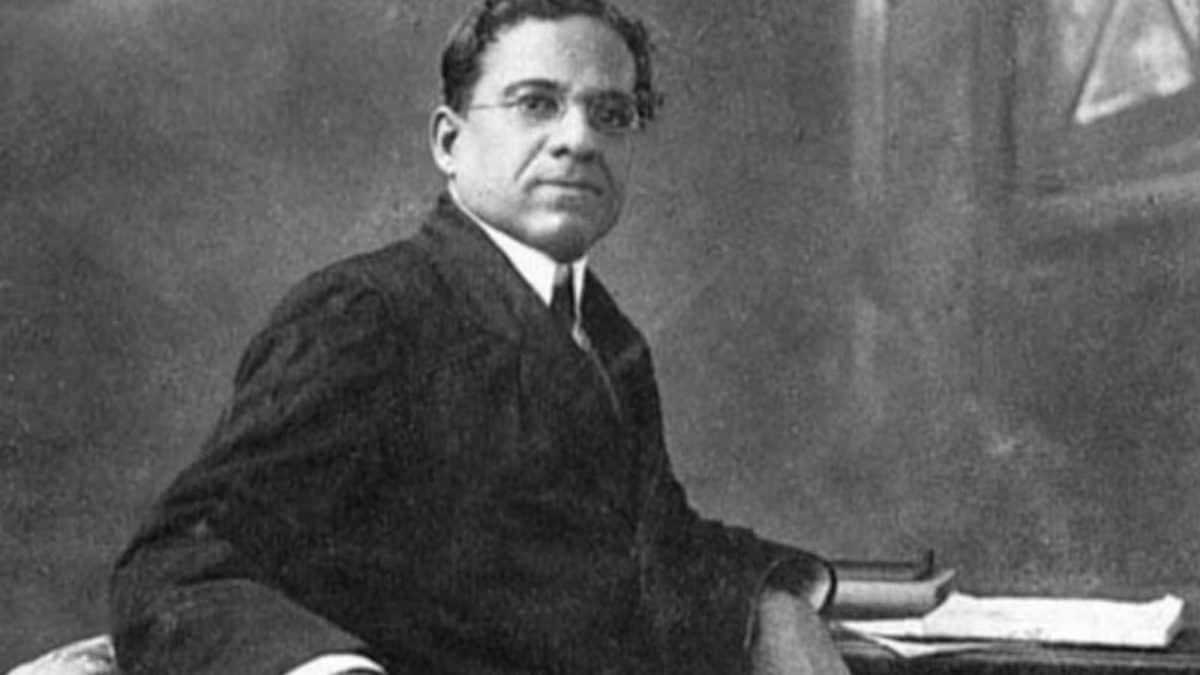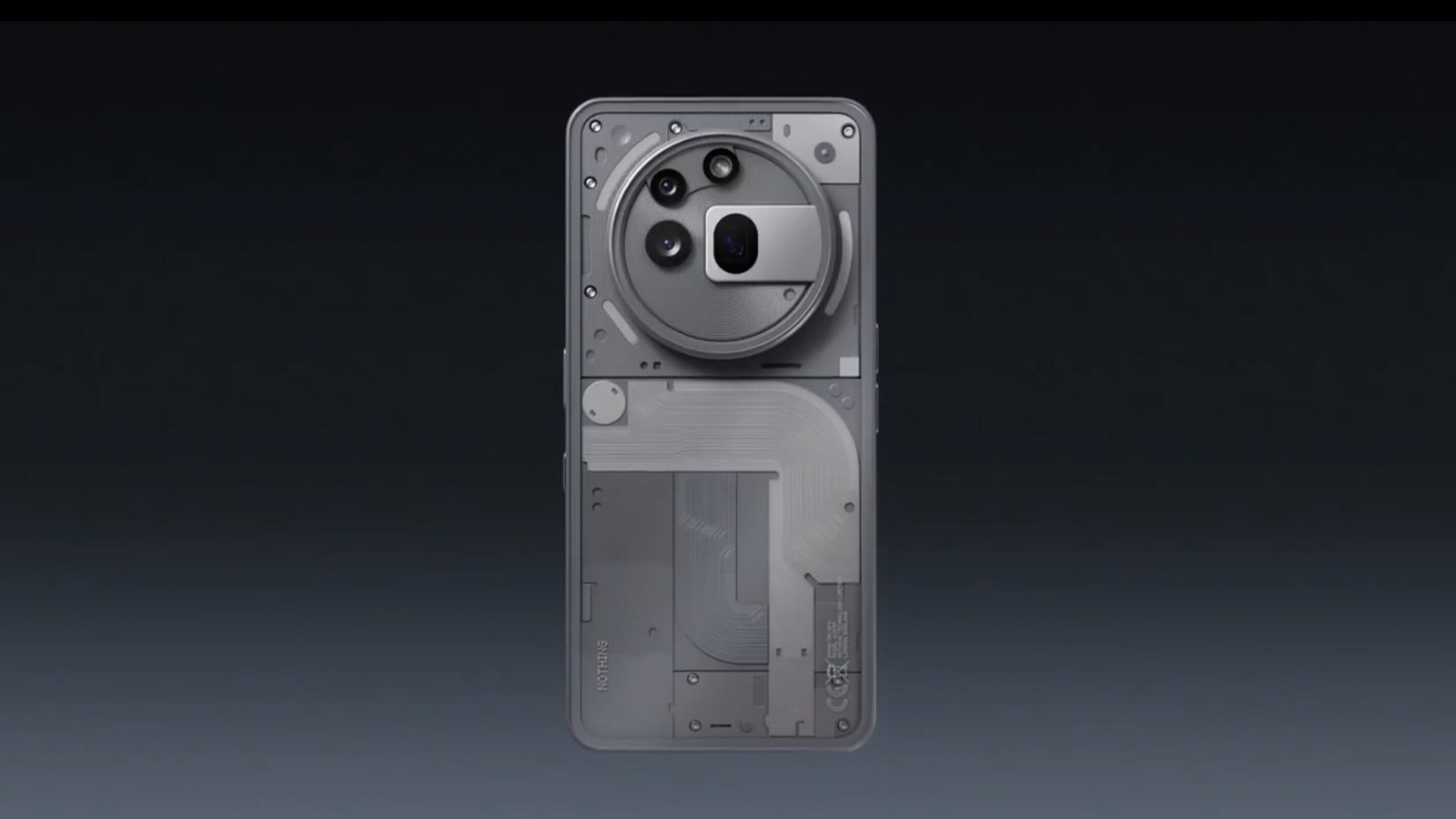Last Updated:
On Dadasaheb Phalke’s 81st Memorial Day, his grandnephew Chandrashekhar Pusalkar talked about the former’s immense dedication to Indian cinema.
Dadasaheb Phalke breathed his last in 1921 when he was just 63 years old. (Photo Credits: X)
Dadasaheb Phalke, the pioneer of Indian cinema, is known for his immense contribution to the film business. His debut film, Raja Harishchandra, released in 1913, was the first full-length Indian mythological feature movie. Despite financial struggles, he marked the beginning of the Indian film industry. Later in his life, he strongly criticised the art industry’s commercialisation and malpractices. Recently, his grandnephew Chandrashekhar Pusalkar talked about the same in a candid conversation.
On Dadasaheb Phalke’s 81st Memorial Day, Chandrashekhar Pusalkar sat for a candid interview and recalled his dedication to cinema despite his financial struggles. The grandnephew talked about the Indian filmmaker’s sheer determination and dedication to the art form that helped India get its first motion picture, Raja Harishchandra. However, according to him, the father of the Indian Film Industry had to go “against all odds,” and meet with various challenges on his path.
It was a 1907-released movie, The Life of Christ, which became an inspiration in Phalke’s journey in the film business. This film, possibly a US re-release of Alice Guy’s The Birth, the Life and the Death of Christ, released in 1906, helped the Indian screenwriter to create ‘Swadeshi films’ based on Indian culture and mythology. Although his dedication gave the nation its first feature-length movie, it came with a cost. His grandnephew revealed to ETimes, “He almost lost his eyesight due to overexposure to continuously watching films. Ophthalmologist Dr. Prabhakar treated him and cautioned him, but he continued.”
Following this, came the problem of funding his films. Pusalkar continued explaining that Mr. Phalke “didn’t have the means to bear the cost of making a film.” Elaborating on the same, the grandnephew continued, “He approached his friend, who gave him an idea to borrow money on loan for business. The money lender asked what Phalke would mortgage for rupees 10,000. Phalke said that he had an insurance policy of 12,000 rupees. Against that policy, he got the money and went to London for three weeks.”
In London, Phalke could impress a film magazine which led him to a British producer Hepworth, and their collaboration paved the way for his groundbreaking work in the said art form. However, Mr Phalke was discontent with the film industry. Once, in a 1940 interview, he even revealed that a good person won’t be able to step into the studios of that time. To this, Pusalkar added, “He was not happy with the malpractices. Money had become more important than picture quality.”
In contrast, Phalke’s works were even acknowledged by Indian nationalist Bal Gangadhar Tilak, aka Lokmanya as it played a huge role in spreading nationalism amongst the masses during the freedom movement.
For those unaware, Dadashaheb Phalke made 94 feature and 27 short films in his career, spanning 19 years until 1937. He has been credited for creating the iconic movies of Indian film history, including Mohini Bhasmasur (1913), Satyavan Savitri (1914), Lanka Dahan (1917), Shri Krishna Janma (1918) and Kaliya Mardan (1919). In his honour, the Government of India has even instituted the Dadasaheb Phalke Award as the highest honorary award under the National Film Awards.









